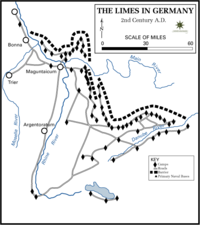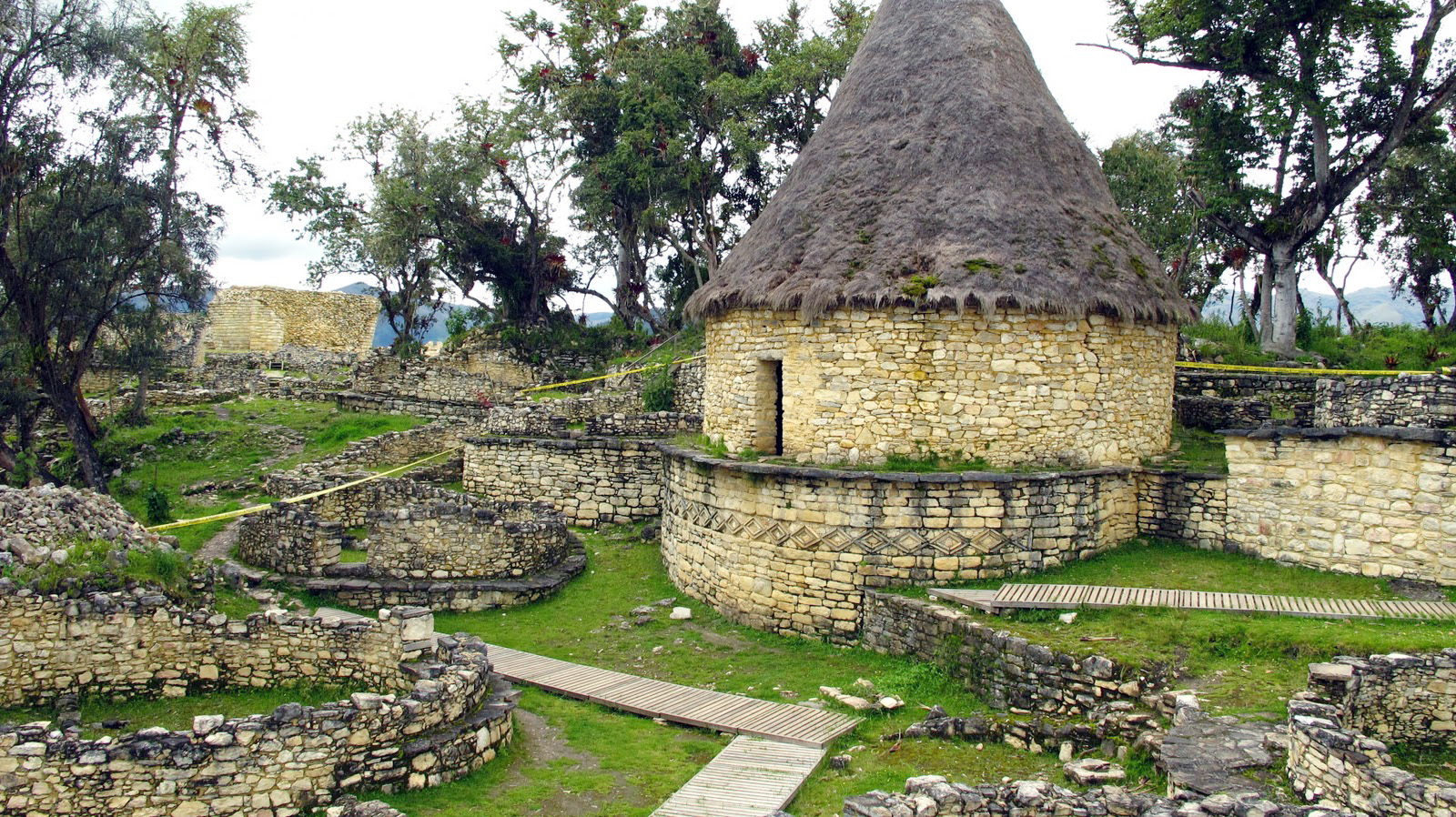Gen Con 2016 Continues Turnstile Attendance Records in Transformative Year
INDIANAPOLIS (August 9, 2016) Gen Con 2016, which for the first time featured more than 500 exhibitors and an expansion into Lucas Oil Stadium, continued a seven-year streak of record turnstile attendance with 201,852 attendees, up 2.5% from 2015 attendance. Unique attendance remained nearly flat, ending at 60,819. Unique 4-Day Badge holders increased 4% year over year.
“Our goal when planning Gen Con 2016 was to optimize the attendee’s experience,” said Adrian Swartout, Owner/CEO of Gen Con LLC. “We introduced a new pricing structure to incent earlier badge purchases to help improve show planning, and also created more comparative value with our 4-Day Badge. By growing the Exhibit Hall and expanding into the stadium, we were able to improve attendee traffic flow and offer more entertainment opportunities. Reviews of this new show experience have been overwhelmingly positive.”
Gen Con also set records with the number of events at the convention, surpassing 16,500 ticketed events. The pre-show Trade Day program, held on August 3, once again sold out with more than 550 participants. Gen Con’s official charity partner of 2016, The PourHouse, will receive more than $35,000 from donations created from on-site programming, including a large contribution from Mayfair Games.
The convention returns next year to Indianapolis, August 17-20, to celebrate the historic Gen Con 50.
Additional Gen Con 2016 Feedback
“What an exciting four days! From the first-time visitors, to the long-time attendees, Indianapolis welcomed Gen Con with the enthusiasm and hospitality our city is known for. Year after year, it’s gratifying to see Gen Con grow and expand, and even better to have participants enjoying all Indianapolis has to offer during their stay. I know I join Gen Con leadership, Visit Indy staff, and the entire city of Indianapolis when I say that we are looking forward to next year’s Gen Con 50 celebration – we’re ready for the best Gen Con yet!” Joe Hogsett, Mayor of Indianapolis
“Gen Con is a one-of-a-kind cultural event that energizes our city and drives about $71 million in annual economic impact. Central Indiana’s hospitality community looks forward to the ‘Best Four Days in Gaming’ all year and we are proud to be the event's host city for the 14th time. We congratulate Gen Con’s leadership team on seven straight years of record-setting attendance in Indy!” Leonard Hoops, President & CEO of Visit Indy
“Gen Con keeps getting better and better. From the unparalleled number of multi-day attendees to the hospitality of the people of Indianapolis, Gen Con is the essential annual gaming event, an unmissable opportunity to debut new products as well as connect with lifelong friends.” Erik Mona, Paizo Publisher and Chief Creative Officer
"We cannot wait to see what 2017 brings with celebrating 50 years of Gen Con!” Dave Colt, Co-Founder/Head Brewer
About Gen Con
Gen Con, LLC produces the largest consumer hobby, fantasy, science fiction and adventure game convention in North America. Gen Con, The Best Four Days in Gaming!™. Acquired in 2002 by former CEO and founder of Wizards of the Coast, Peter Adkison, the company is headquartered in Seattle, Washington. Gen Con 2016 was sponsored by Mayfair Games, Paizo, Inc., and Rio Grande Games.
Media Contact:
Gen Con LLC
Stacia Kirby, (206) 363-1492
Stacia@kirbycommunicationsinc.comress
Gen Con LLC | Gen Con 2016 Continues Turnstile Attendance Records in Transformative Year











